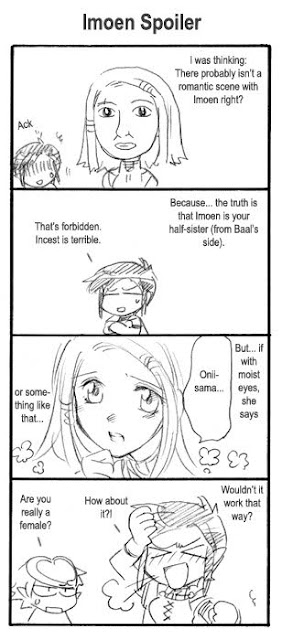Open Mass Combat System
Mongoose Publishing introduced the OMCS in Seas of Blood (2001), then expanded upon it in Quintessential Fighter (2002).
Of all the mass combat systems I've come across for D20, this one is the easiest to convert a creature stat block into its corresponding mass combat statistics. Unit Hit Points (UHP) are equal to the total number of hit dice for all members of a unit, adjusted by Constitution modifier (and possibly by Toughness feat). Cavalry units receive a 50% bonus to account for their mounts. Particularly large or small units receive a modifier to damage from their ranged attacks. And then you're basically done.
You roll a single to-hit roll for the entire unit, which is just the ordinary to-hit modifier for a single member of the unit, adjusted by the relative size of the unit and its target (eg. if a unit attacks another unit half its size, it receives +1 to hit and a x2 damage multiplier. Conversely, it's opponent is at -1 to hit).
You can make your units as large or as small as you want, although it is suggested that the opposing sides should have the same number of units. Also, ideally you want a unit to be homogeneous (composed of creatures with exactly the same stats), with the exception of the unit leader.
Whichever side takes the most damage in a round of melee combat needs to make a Morale roll. This is where the unit leader's Charisma modifier (and Leadership feat) come into play. Again, there are bonus and penalties for the relative size of the units, as well as how many UHP the unit has remaining. If a Morale roll is failed, the unit Withdraws from combat, although they can make another roll every round to rally.
This system dramatically cuts down on the amount of die rolling required for NPCs fighting other NPCs, enabling you to better focus on the actions of the players.
I used the OMCS in a battle of 1000 orcs and 200-odd ogres against 6 player characters and 100 cavalry. One of the player characters died, but they were ultimately victorious (thanks mostly to area-of-effect spells killing large numbers of enemy troops as well as damaging morale).
However, there were a few house rules that I chose to introduce. I don't feel that they slowed down the game too much, while the additional detail that they provided was worthwhile. I'll discuss those in my next post.

Comments